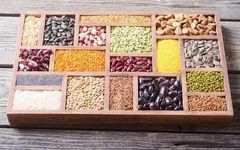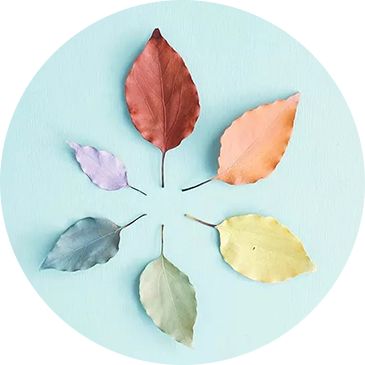

Food
Divided
Into Four Natures
Some people have a cold constitution, some have a hot constitution, and some have a damp constitution… Just like human “constitution”, in Traditional Chinese Medicine (TCM), food has four different properties: cold, hot, warm, and cool, known as the “Four Qi” or “Four Natures”.
 Different constitutions require different types of food
Different constitutions require different types of food
Cool or cold foods generally have the effects of clearing heat, reducing fire, and detoxifying, 【suitable for hot constitutions and conditions】, such as fever, thirst, cough, and excessive phlegm.
Warm or hot foods generally have the effects of warming the center, assisting yang, and dispersing cold, 【suitable for cold constitutions and conditions】, such as wind-cold, runny nose, abdominal pain, vomiting, and rheumatic joint pain.
Additionally, some foods have a neutral property, known as平性 (ping xing), which can strengthen the spleen, stimulate appetite, and nourish the body, 【suitable for general constitutions, can be chosen by those with cold, cool, warm, or hot conditions】.
 Identifying the Four Natures Based on Taste, Color, Growth Environment, and Geography
Identifying the Four Natures Based on Taste, Color, Growth Environment, and Geography
■ Taste to Identify Cool and Hot Properties
Sweet and spicy foods, due to their exposure to sunlight for longer periods, are generally warm, such as garlic, cherries, longan, and pomegranate.
Bitter and sour foods are mostly cold, such as bitter melon, persimmons, pomelo, and watermelon.
■ Color to Identify Cool and Hot Properties
Green plants, being close to the ground, absorb moisture from the earth, thus are generally cold, such as mung beans, loofah, and spinach.
Foods that are reddish in color, such as chili peppers, dates, and citrus fruits, although close to the ground, are exposed to sunlight for a long time, thus are generally warm.
■ Growth Environment to Identify Cool and Hot Properties
Aquatic plants are generally cold, such as lotus root, kelp, and seaweed.
Foods that grow on land, such as scallions, garlic, and ginger, are generally hot due to being buried in the soil for a long time and having less moisture.
■ Geography to Identify Cool and Hot Properties
Foods that grow in shady, north-facing areas absorb more moisture and see less sunlight, thus are generally cold, such as mushrooms and black fungus.
Conversely, foods that grow in sunny or southeast-facing areas receive ample light and heat, thus are generally warm, such as sunflowers, chestnuts, and durian.
 In addition to the Four Natures, there is also a category of Neutral Foods
In addition to the Four Natures, there is also a category of Neutral Foods
In essence, the Four Natures only distinguish between cold and hot properties, 【besides the Four Natures, there is also a category of neutral foods】. These foods have indistinct boundaries between cold and hot, with a balanced taste and mild effects. Common neutral foods include:
■ Grains: rice, corn, soybeans, black beans, and adzuki beans. They provide carbohydrates and proteins for energy.
■ Meats: pork, donkey meat, goose, chicken, carp, and yellow croaker. Meat foods contain a large amount of essential proteins and amino acids.
■ Fruits: black and white sesame, watermelon seeds, pumpkin seeds, lotus seeds, and peanuts. Suitable for treating hair loss, premature graying, dry skin, and constipation due to liver and kidney deficiency.
■ Vegetables: yam, taro, potatoes, carrots, and cabbage. They have the effects of strengthening the spleen, nourishing the lungs, and solidifying the kidneys.
Others: honey, white sugar, goji berries, tremella, soybean oil, and eggs. Suitable for preventing and treating cardiovascular diseases and neurasthenia.
 Table of the Four Natures of Different Foods
Table of the Four Natures of Different Foods
Below, I have listed several tables of the cold and hot properties of foods to help you choose the best foods for your constitution.
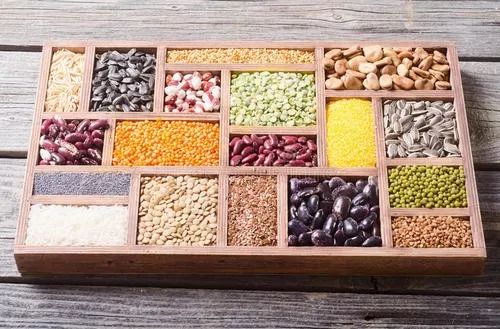
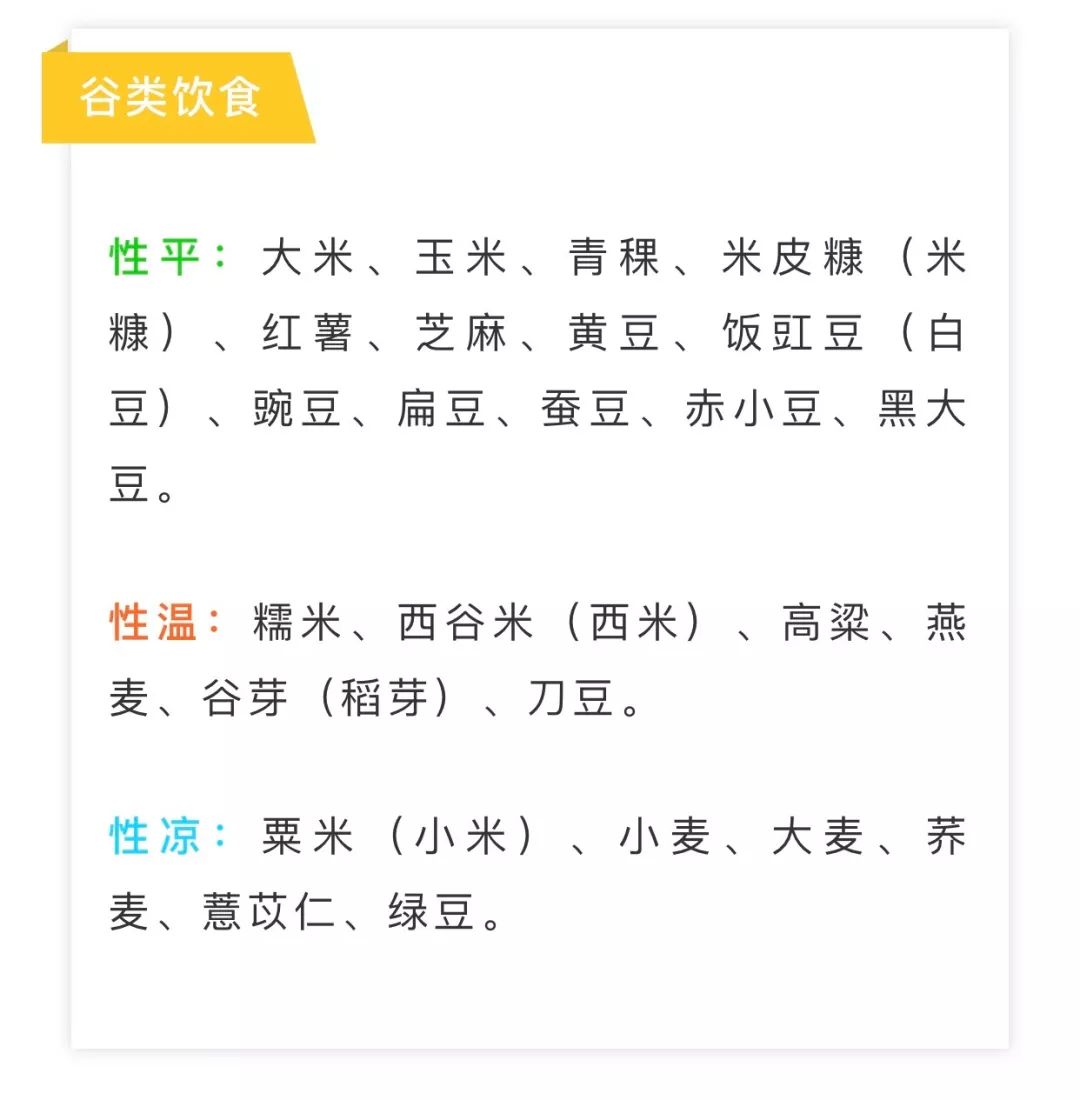
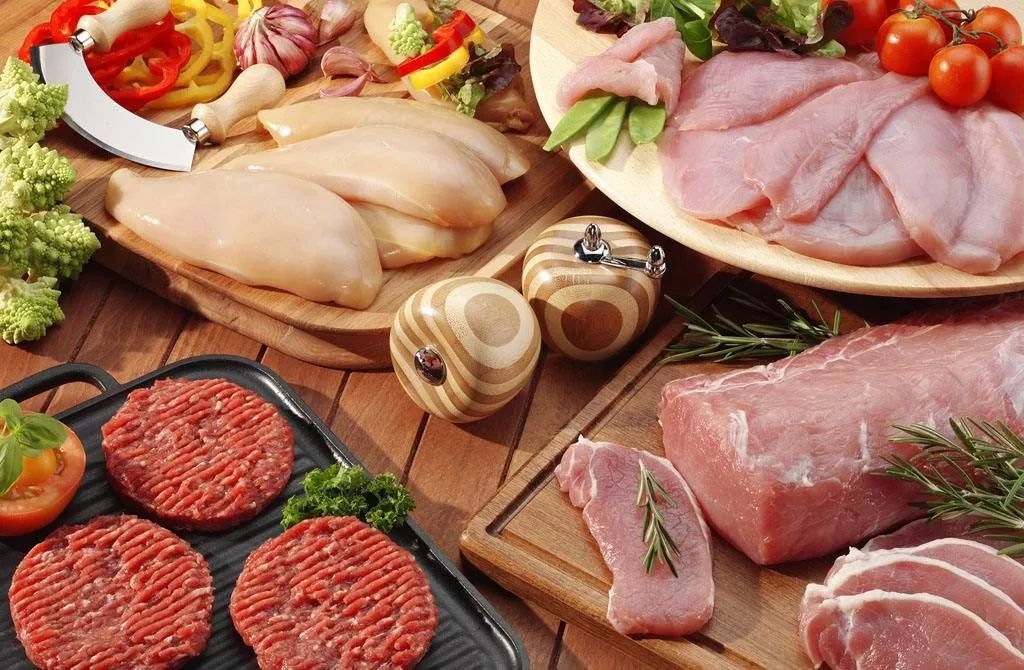
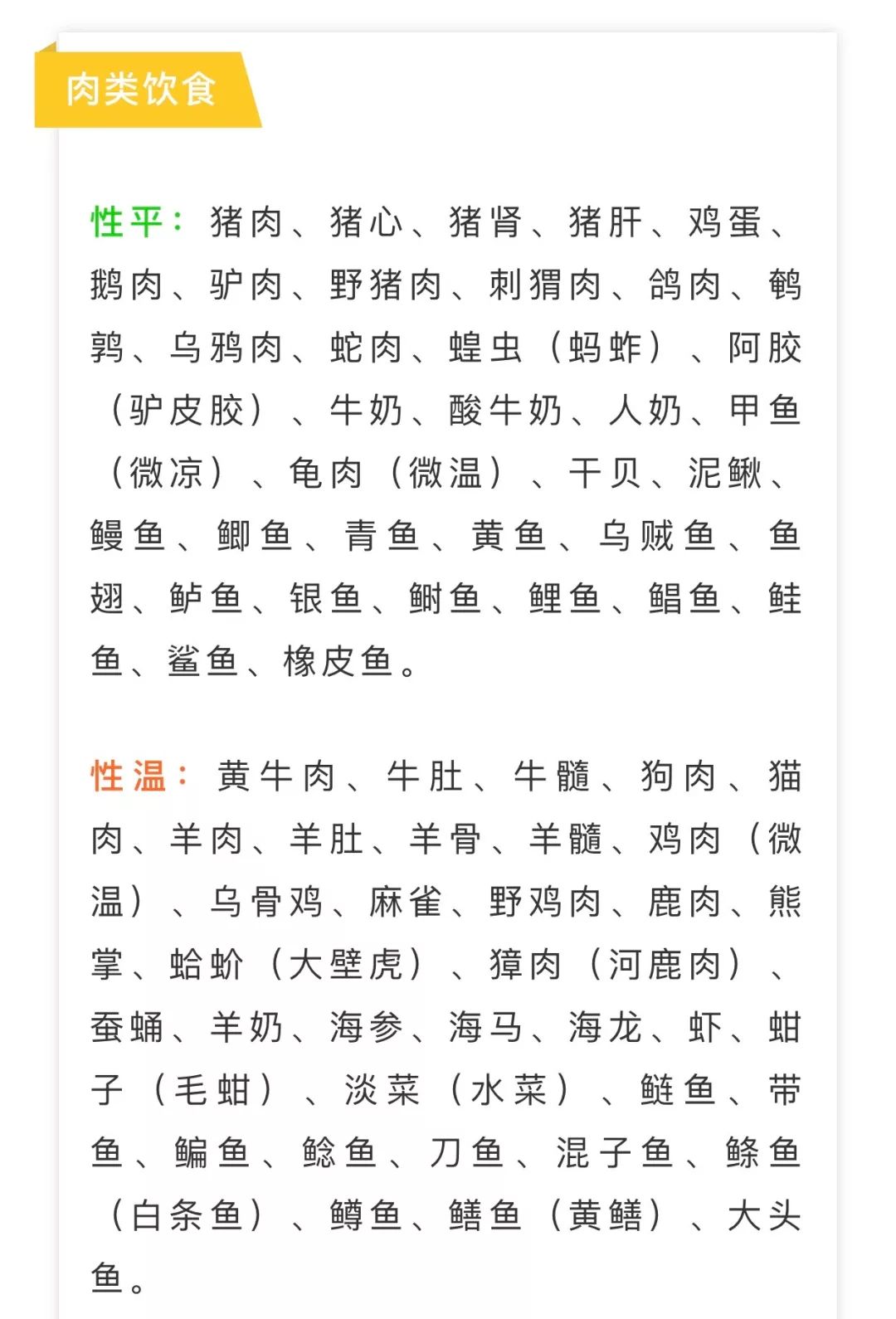
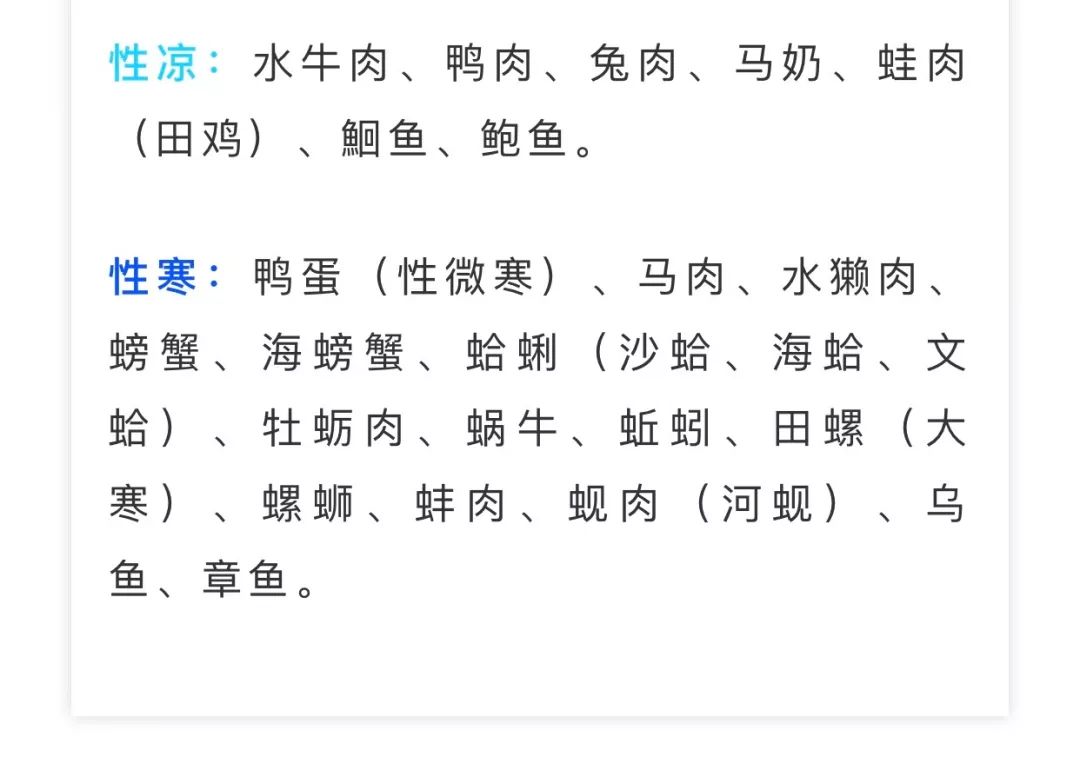
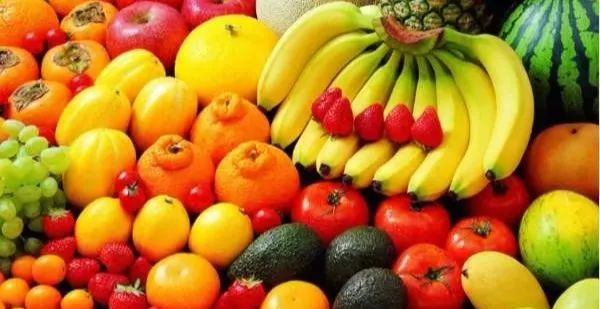
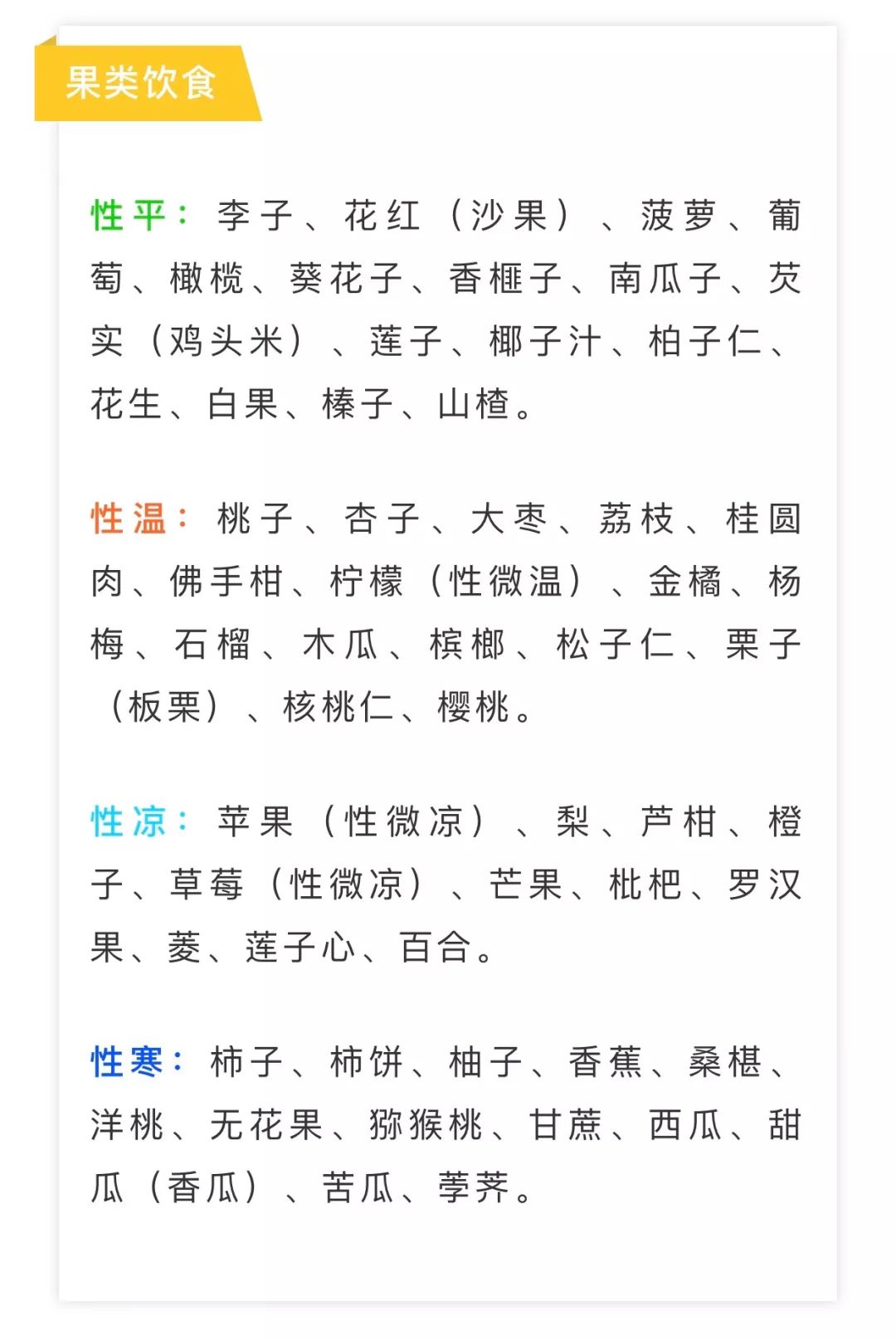
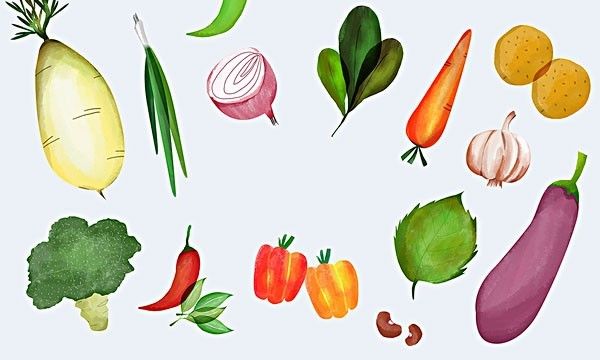
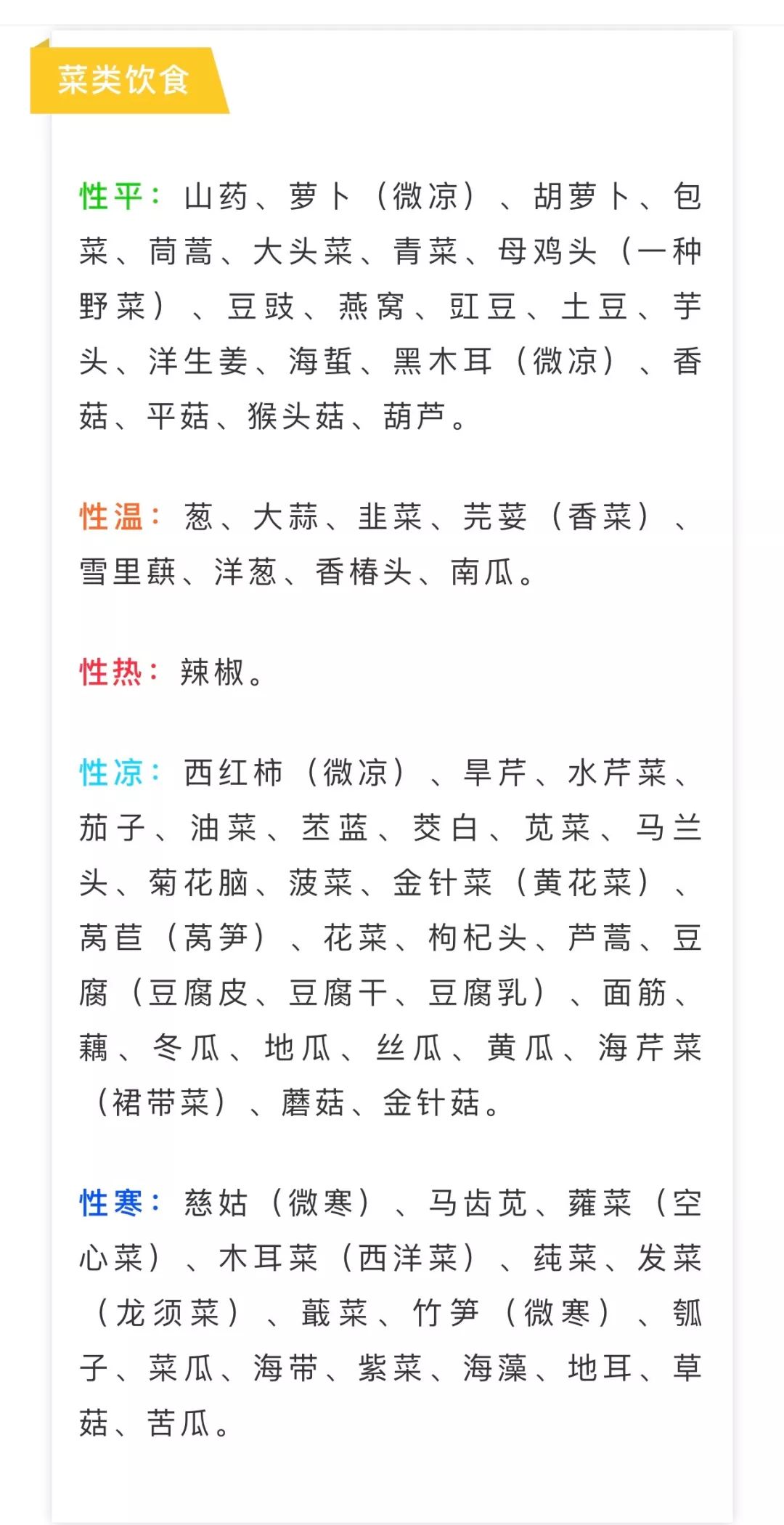
 Key Points
Key Points
■ Neutral foods can be consumed year-round.
■ Warm foods should be consumed less in summer, but can be eaten in other seasons.
■ Cool foods can be frequently consumed in summer; in other seasons, they should be paired with warm foods.
■ Cold foods should be minimized; if consumed, they must be paired with warm foods like chili, pepper, or ginger.
It is particularly important to remind everyone: For clinical cases of cold uterus infertility, such as those who usually have cold hands and feet or feel cold in the lower abdomen during menstruation, it is advisable to avoid cold foods and consume more warm and yang foods, such as lamb, leeks, longan, dates, ginger, and brown sugar. Pay attention to keeping warm, and practices like moxibustion, along with lifestyle and dietary adjustments, can effectively prevent the occurrence of cold uterus.
END
Editor: Zhang Fan | Author: Pan Chengcheng
Image Source: Internet
Some content is excerpted from the WeChat public account: 【Renwei TCM】,please indicate the source when reprinting.



Contact for Consultation: 0531-88811212
Address: No. 1 Jingba Road, Jinan, Shandong Province
Long press to scan the code to follow

